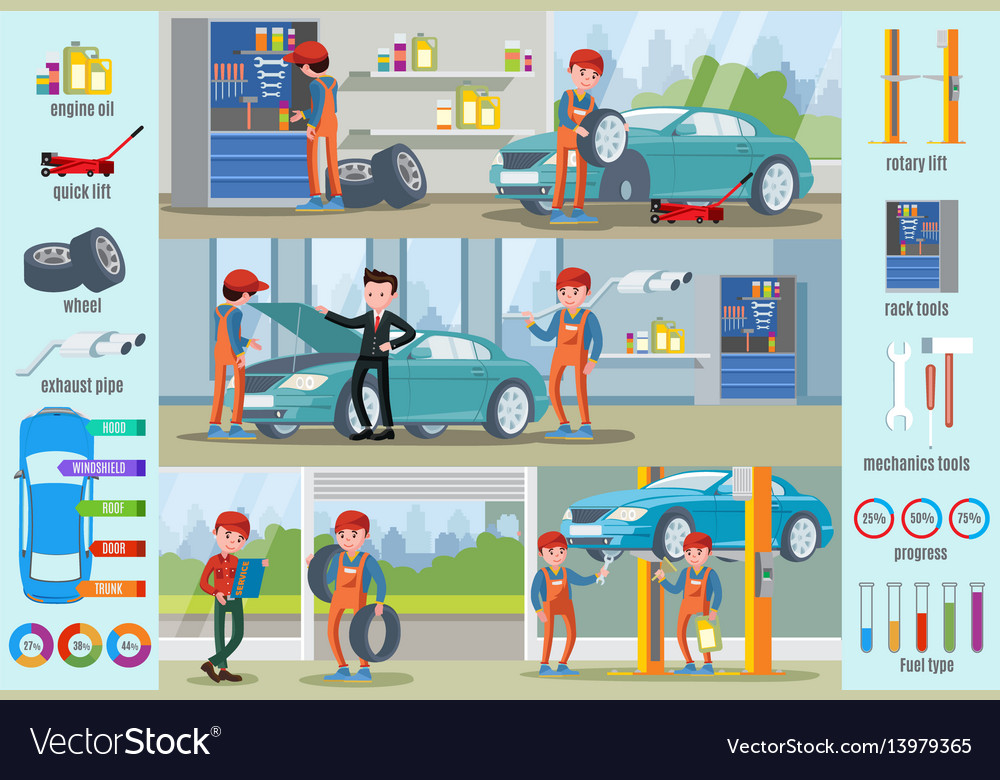Interpreting Your Car'S Alert Lighting: Their True Ramifications
Interpreting Your Car'S Alert Lighting: Their True Ramifications
Blog Article
Created By-Higgins Alvarado
When you lag the wheel, those glowing warning lights on your dashboard can be a bit puzzling. Do you recognize what they're trying to tell you regarding your vehicle's health and wellness? Understanding the relevance of these lights is essential for your security and the durability of your vehicle. So, the following time among those lights pops up, would not you want to decode its message precisely and take the essential steps to address it?
Common Warning Lighting and Interpretations
Determine typical warning lights in your auto and recognize their meanings to ensure secure driving.
The most common warning lights include the check engine light, which signifies issues with the engine or discharges system. If this light comes on, it's critical to have your lorry checked immediately.
The oil stress cautioning light indicates reduced oil stress, calling for immediate focus to avoid engine damages.
A flashing battery light might recommend a defective charging system, possibly leaving you stranded if not resolved.
The tire stress tracking system (TPMS) light informs you to low tire pressure, impacting lorry security and gas performance. Disregarding this could cause hazardous driving problems.
The abdominal light suggests an issue with the anti-lock stopping system, endangering your ability to quit swiftly in emergencies.
Lastly, the coolant temperature advising light warns of engine overheating, which can cause extreme damages if not settled swiftly.
Understanding these usual warning lights will aid you address problems promptly and maintain secure driving conditions.
Relevance of Prompt Interest
Understanding the typical warning lights in your car is just the initial step; the significance of without delay attending to these warnings can't be highlighted enough to guarantee your safety when traveling.
When a warning light illuminates on your control panel, it's your car's way of communicating a prospective issue that needs focus. Disregarding these cautions can lead to extra severe troubles in the future, compromising your security and potentially costing you extra out of commission.
Motivate focus to advising lights can prevent malfunctions and mishaps. For example, a blinking check engine light could suggest a misfire that, if left neglected, could trigger damage to the catalytic converter. Addressing navigate to this site can conserve you from a pricey repair service.
In a similar way, a brake system cautioning light could signal reduced brake liquid or worn brake pads, essential parts for your safety and security when driving.
DIY Troubleshooting Tips
If you discover a warning light on your control panel, there are a few DIY repairing pointers you can try prior to seeking professional assistance.
The primary step is to consult your vehicle's handbook to recognize what the specific caution light shows. Occasionally the problem can be as simple as a loose gas cap causing the check engine light. Tightening up the gas cap might settle the issue.
Another common problem is a low battery, which can trigger various advising lights. Checking the battery links for corrosion and guaranteeing they're protected could deal with the problem.
If a warning light continues, you can attempt resetting it by detaching the car's battery for a few minutes and then reconnecting it. Furthermore, inspecting car cleaner , such as oil, coolant, and brake fluid, can help troubleshoot advising lights associated with these systems.
Final thought
In conclusion, recognizing your automobile's warning lights is crucial for maintaining your vehicle running efficiently and securely. By immediately addressing these notifies and understanding what they suggest, you can avoid costly repair services and prospective malfunctions.
Remember to consult your auto's guidebook for specific details on each warning light and act as necessary to make certain a trouble-free driving experience.
Keep notified, stay risk-free when traveling!
